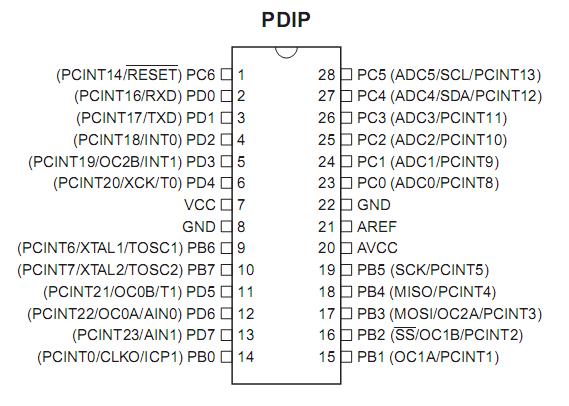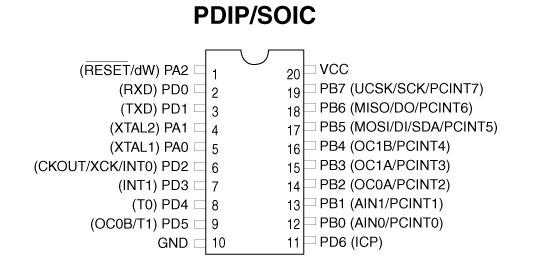
Updated 2006-04-17: 1.2.62
Tons of assorted fixes.
UDP actually works now.
Displays all ASCII characters now.
Focus auto goes to the send textbox upon connect.
Hitting ENTER in the address/port textboxes will initiate connect. Doing so in the send textbox will send the data out.
Right click the Listen button for Auto-listen. It will continue to listen on the specified port if the remote connection closes.
Right click the Connect button to Bind to a specific local IP address. Type the IP to bind to in the Address text box first.
Right click the Connect button to use a basic Sniffer. It acts as a passive proxy and displays the data going in/out.
Double-click the data window to clear its contents.
Small resizing function updates. Form elements align better across different OS styles/themes.
Updated 2003-10-16: 1.2.38
Fixed some bugs, displays in color (sent data in blue), resizes better now
Size: 16KB zipped
Version: 1.2.62
 [Download This Program]
[Download This Program]





